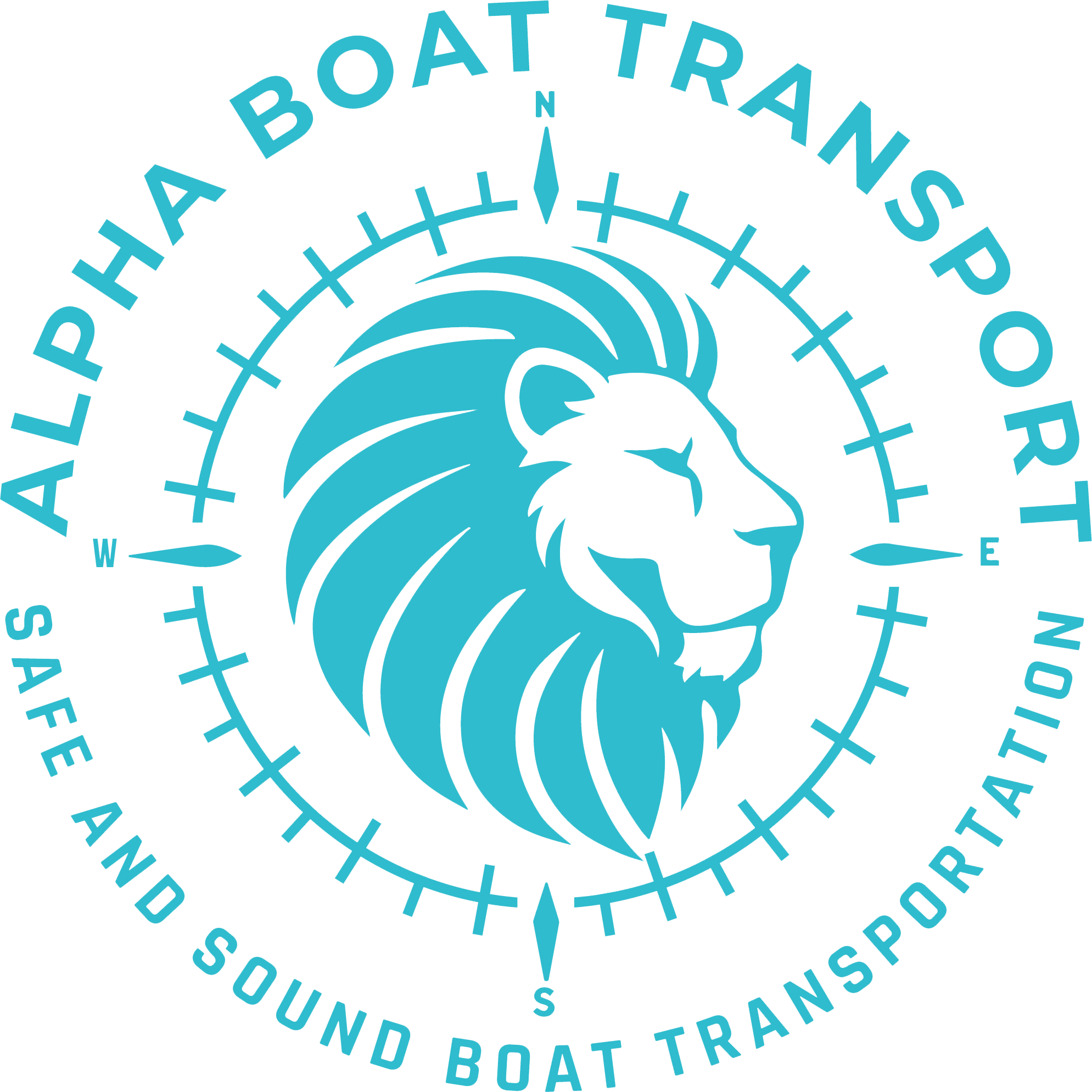Navigating the New Reality: How Speed Limiters Could Stall Your Yacht Haul
Picture this: You’re shipping a 40-foot Hatteras from the Gulf Coast straight up to the Great Lakes. You’ve timed it to beat hurricane season, permits are squared away, weather looks clean, but suddenly the rig pulling your boat can’t break 60 mph. Why? Because of a new push from the folks at the Federal Motor Carrier Safety Administration (FMCSA) to require speed limiters on heavy trucks over 26,000 pounds. You read that right—limiting rigs to 60 could stretch that 1,500-mile haul by **hours**, which matters when you’re in a race against weather or a tight marina slip schedule.
That federal proposal, targeting trucks already using electronic engine control units, is now eyeing implementation by May 2025. And according to the American Trucking Associations, freight volume is set to grow 1.6% over last year’s 11.27 billion tons. That’s a heavy load on top of-tight margins across yacht transportation companies already juggling tariffs, permit delays, and increasing insurance liabilities.
So the question isn’t if this regulation impacts you—it’s how you prepare for the delays it might cause. We’ll break it all down, reference expert data from https://www.sevenstar-yacht-transport.com/, and show you why understanding your transporter’s logistics **beforehand** is now more vital than ever.
The Mechanics of the Mandate: What Speed Limiters Actually Do
Speed limiters aren’t some new gadget off the shelf. These systems tap into a truck’s electronic engine controls and cap how fast it can go—usually around 60 to 65 mph. The goal, according to FMCSA, is crash reduction. Makes sense when you’re talking 80,000-pound rigs. But when that rig’s hauling something oversized like a 38-foot catamaran? Speed changes suddenly become journey changers.
Oversize loads already max out width restrictions at 8.5 feet in most states. Add reduced speed and tighter permit curfews, and you’re looking at more travel days, more liability windows, and one big headache if your hauler hasn’t plotted their trip around variable state rules, like those detailed in Alpha’s detailed boat transport preparation guide.
And let’s be honest—while regulators are doing what they need to do for safety, the impact downstream for yacht haulers and owners is real.
Speed Delays Supporters and Critics Can’t Ignore
Supporters say this is about safety—and listen, I’m all for safer roads. But opponents argue it’s a half-measure that penalizes long-haulers and specialty transport outfits. And for maritime logistics? It means everything that used to take 5 days might push to 7. Add in the surge in demand for seasonal crossings, and now we’re talking about backlog.
Alpha has already seen an uptick in clients planning earlier or booking vessels via their Fast Free Quote system months out to sidestep that slower lead time.
Why This Hits Yacht Transportation Companies Harder Than You Think
Here’s the thing most people miss: hauling luxury vessels isn’t just strapping something to a flatbed and hitting I-95. These loads require escorts, off-peak hours, state-by-state route planning, and sometimes custom cradles. Every delay in speed? That compounds.
Now combine that with the rising need for long-distance boat hauling—especially winter-to-spring routes like Florida-to-New York or trans-inland runs from Seattle to Michigan—and you’ve got transporters scrambling to redesign routine schedules. Companies without national infrastructure or multi-state permitting teams? They’re gonna struggle to adapt.
Which is why the forward-thinkers—like Alpha’s team, who manage coast-to-coast operations and specialize in oversized permitting—are already re-routing and re-timing their hauls proactively.
Long-distance boat hauling now has a new bottleneck: speed mandates. And it’s only springing tighter.
Cost Creep and Carrier Squeeze
Let’s talk numbers. Slower speeds mean more driving hours. That equals more driver pay, more idling time, more exposure to fuel fluctuations (which aren’t going anywhere but up), and more delivery reschedules. That cost ripple? It doesn’t vanish.
And if your transport carrier is barely budging margins to win your business, guess what happens? Either hidden charges show up later or their logistics file gets pushed behind shippers who pay more. Period.
When evaluating yacht transportation companies, you’re not just paying for a ride—you’re securing the responsiveness of an operation that adjusts as the regs change. Like how Alpha integrates multi-route planning and adjusts quote timing during permit season—see how they broke this down in their Texas route case.
Heavy Rigs, Wide Loads, and the Regulatory Maze
Now let me tell you a quick story: I once routed a 46-foot Beneteau from Charleston to Seattle. Seven states, three escort vehicles, and two overpass workarounds later—we made it on time because we planned it like a war map. But throw a federally mandated speed cap on that? We’d have needed two extra days, at minimum.
And don’t get me started on weekend travel bans in places like New Jersey or Illinois. Or last-minute permit hold-ups in Delaware. Clients don’t usually see those storms coming, but those little setbacks? They’ll nickel and dime your timeline unless your hauler’s dialed in.
Check out Alpha’s South Carolina boat transport timeline if you want a real-world breakdown of how critical that regulation-to-route pairing is.
Why Speed Limiters Might Spur More Water-Based Routes
It might sound wild, but some yacht owners are eyeing water-based transfers across intra-coastal or barge-assisted moves where feasible—anything to dodge terrestrial slowdowns.
Companies like Sevenstar, who specialize in international yacht shipping, offer insight into divergence trends here: https://www.sevenstar-yacht-transport.com/. While overland remains dominant domestically, expect hybrid routes to rise, especially for East Coast-to-Gulf clients.
So if your hauler doesn’t support mixed-mode logistics? You’re missing a contingency plan—and in this game, options matter.
How To Protect Your Yacht Shipment Plans in 2025
Here’s the playbook if you’re scheduling a haul this season:
1. Start your planning 60 days out—minimum.
2. Confirm if your transport company already uses ECM-limited trucks.
3. Lock in flexible delivery windows in case the route is slower than projected.
4. Validate your boat’s dimensions and make sure they match permit thresholds.
5. Use realistic pricing—not lowball bubble quotes that don’t factor added drive time.
Alpha walks new clients through a full compliance checklist on every transport—like their meticulous motor yacht transport checklist. That stuff matters when highway rules only get stricter.
Top 3 Traits of Reliable Overland Yacht Haulers in 2025
– Nationwide permits and redundancy routes in case of closures
– Advance tracking with weather risk indexing
– Staff fluent in current regulations (not just relying on the driver)
Want your boat protected right? Choose a transporter that thinks beyond the GPS route. Check how Alpha approaches it on their transportation services page—real plans, not just promises.
Frequently Asked Questions
How do speed limiters affect yacht transportation companies?
Speed limiters extend the total driving time for transporters, especially those hauling oversized yachts. For yacht transportation companies, this can mean rescheduling, higher fuel exposure, and increased delivery windows that affect client timelines and bottom lines.
Are all trucks used by yacht transporters subject to the speed limiter rule?
Only trucks over 26,000 pounds with electronic engine units are targeted by the FMCSA speed limiter proposal. Most overland yacht transport rigs fall into this category, making the rule highly relevant to premium vessel haulers.
What are ways to avoid delays caused by speed limiters?
Book early, choose a company with multi-state permitting experience, and look for transporters who offer alternate route planning or hybrid (part overland, part marine) solutions. Companies like Alpha offer such services and adapt to regulatory shifts quickly.
Which routes are most impacted by speed limits in yacht hauling?
Long-distance trips between states like Florida-to-Northeast, Texas-to-Chicago, or Gulf-to-Great Lakes are heavily impacted. Slower drive times stack up fast over 1,000+ miles and narrow state-by-state windows only complicate things.
Why does yacht size matter under speed rules?
Wider or taller yachts often exceed standard load sizes requiring permits, escorts, and strict scheduling. When you add speed limits, it compounds every layer of complexity—and one hiccup can delay everything days.

